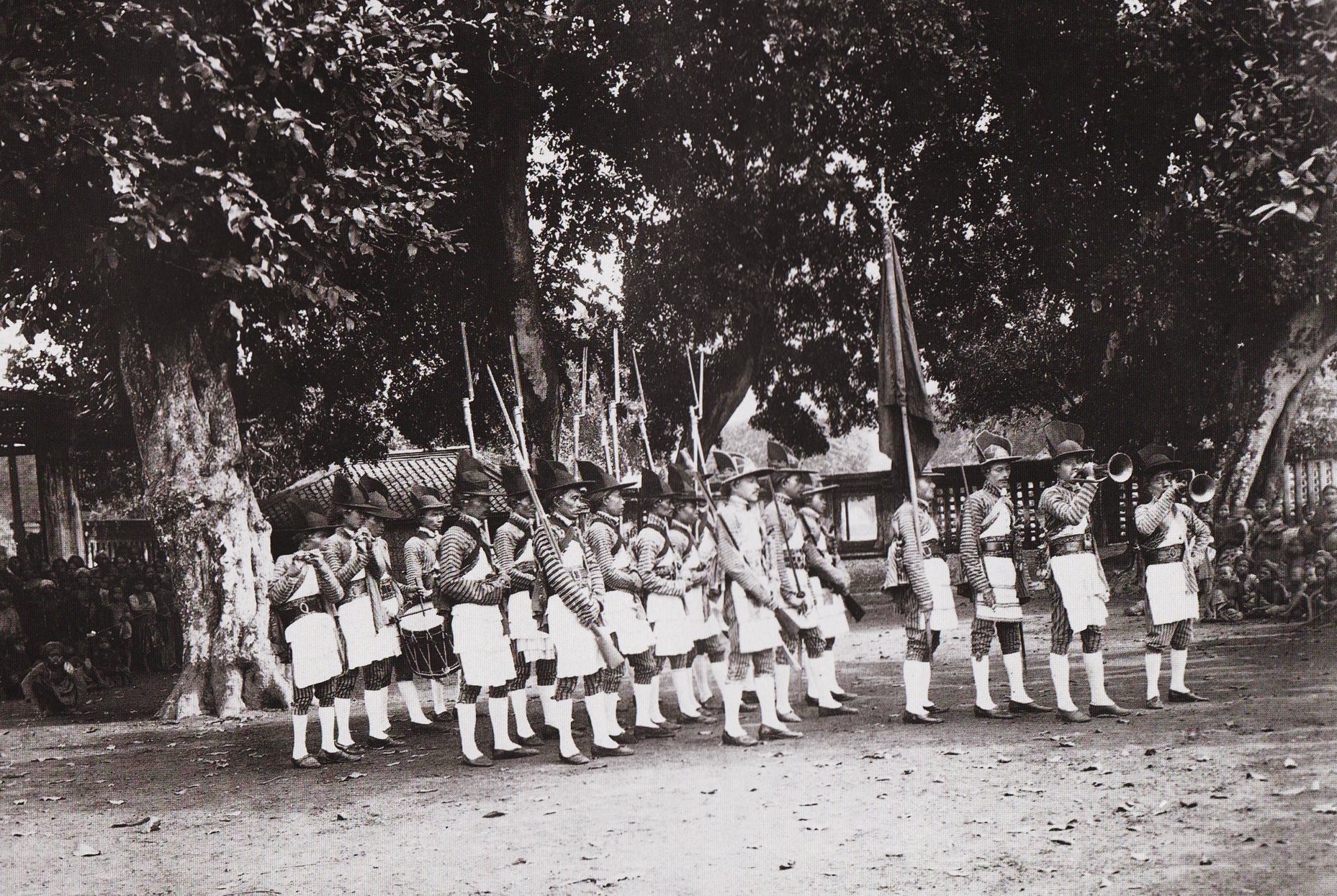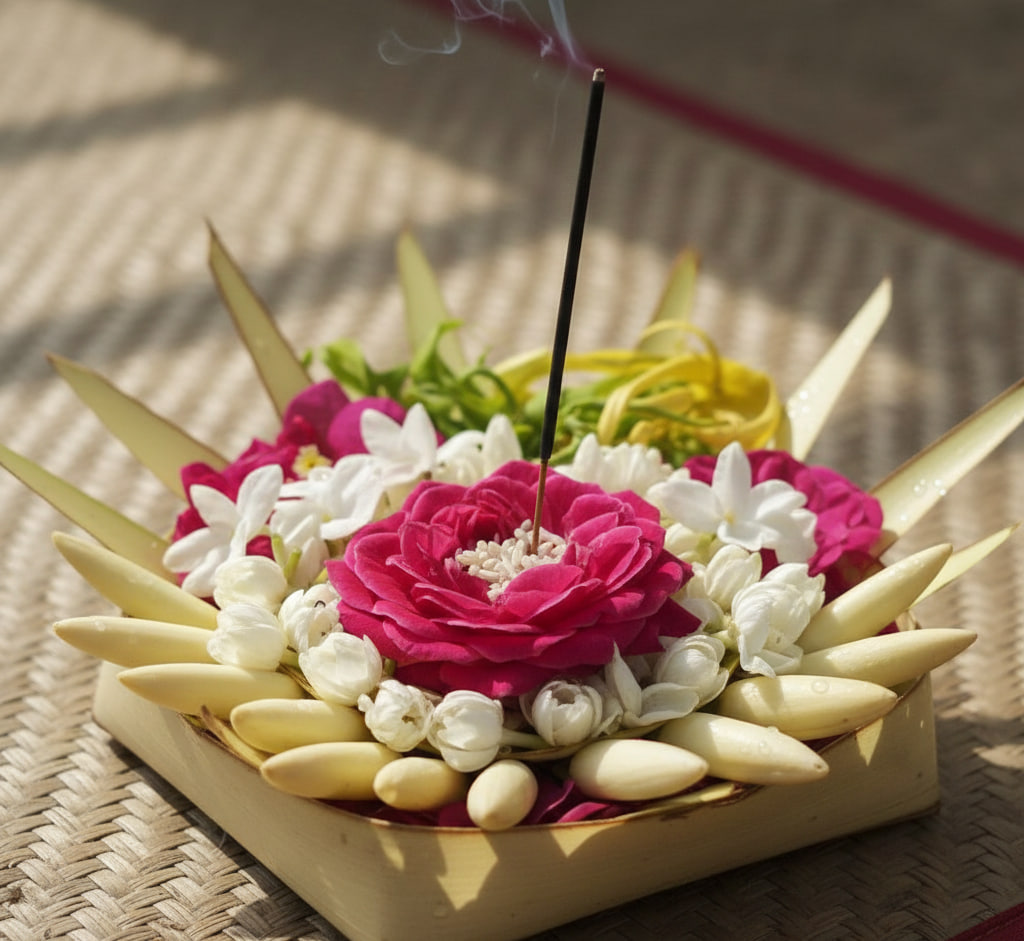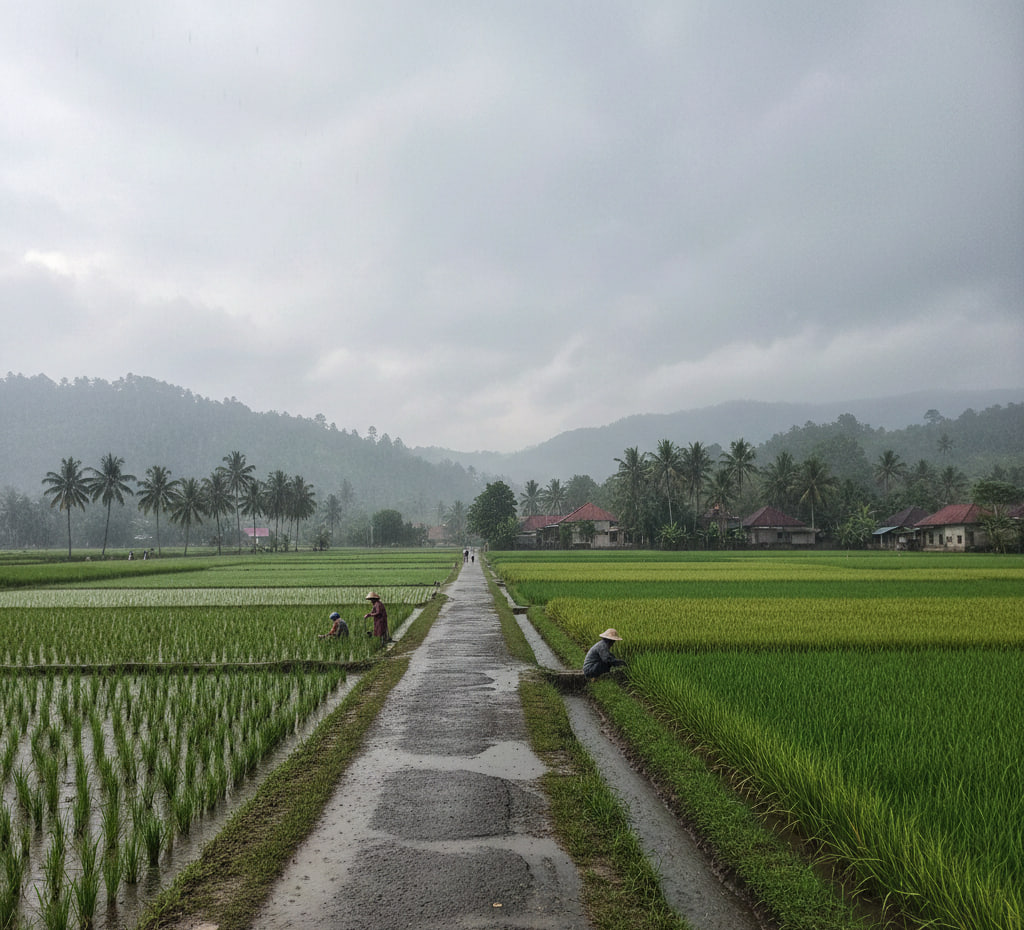News
Labuhan: A Sacred Ritual of Letting Go and Honoring History
If you’ve ever heard the word labuhan, don’t be too quick to imagine something complicated. The word itself comes from labuh, which simply means to throw away, set down, or let something drift away. But behind that simplicity lies a ritual full of meaning—an act of “letting go” of bad traits, fears, and burdens through offerings carried out by the Yogyakarta Palace.
During the ritual, the Sultan’s palace presents various objects called ubarampe labuhan. These aren’t random trinkets but carefully chosen items, some of them belonging personally to the reigning Sultan. The offerings are then cast away in sacred places known as petilasan—sites tied to the history and spiritual journey of Yogyakarta’s kings.
Interestingly, under Sri Sultan Hamengku Buwono IX, this ritual wasn’t held to mark his coronation (Jumenengan Dalem) but instead celebrated his birthday (Wiyosan Dalem) according to the Javanese calendar. Later, during the reign of Hamengku Buwono X, it returned to its original purpose: commemorating the Sultan’s coronation. Today, Labuhan takes place every year, precisely one day after the coronation anniversary on the 29th of Rejeb—meaning it falls on the 30th of Rejeb.
Where the Ritual Happens
The Labuhan isn’t confined to one place. It’s performed at several petilasan—locations considered sacred and historically significant. Each site carries its own story, weaving together myth, legend, and history.
1. Parangkusumo Beach
Located on the southern coast of Bantul, Parangkusumo is where Panembahan Senopati, the founder of Mataram, once meditated. Legend says it’s here he met the mystical Queen of the South Sea, Kanjeng Ratu Kidul, who pledged her support to him and his descendants. With her blessing, Senopati established the Mataram Kingdom, the ancestor of today’s Yogyakarta Palace. This makes Parangkusumo a deeply symbolic site for the Labuhan.
2. Mount Merapi
Merapi, sitting on Yogyakarta’s northern edge, isn’t just a volcano—it’s a silent witness to Mataram’s survival. In 1586, when Pajang troops attacked Mataram, Merapi erupted violently, destroying Pajang’s encampment in Prambanan. The eruption ended the war abruptly, saving Mataram from collapse. That moment etched Merapi into the Palace’s sacred geography, earning it a place in the Labuhan ritual.
3. Mount Lawu
Lawu carries the tale of Prabu Brawijaya V, the last king of Majapahit, who retreated there after his kingdom fell in 1478. Choosing a life of solitude, he became known as Sunan Lawu. As an ancestor of Mataram’s founders, his presence sanctifies the mountain, making it a chosen site for Labuhan. Today, the offerings are entrusted to Lawu’s caretakers in Tawangmangu, Karanganyar, Central Java.
4. Dlepih Khayangan Hills
This quiet hill in Wonogiri holds its own significance. Panembahan Senopati once meditated here as well, followed by great rulers like Sultan Agung and Prince Mangkubumi (Hamengku Buwono I). But unlike other sites, the Labuhan here isn’t annual. It’s performed only once every eight years, during the year of Dal in the Javanese cycle—a grander version known as Labuhan Ageng. The others are categorized as Labuhan Alit, or smaller annual rituals.
More Than Just Throwing Things Away
In essence, Labuhan isn’t about discarding objects—it’s about honoring history, acknowledging ancestral spirits, and reminding us that leadership is as much about humility as it is about power. Every site chosen for the ritual ties the Palace to stories of resilience, alliances, and the spiritual backbone of Java’s past.
So next time you hear about a Labuhan, imagine it not just as a ritual of offerings, but as a cultural bridge—a way the Yogyakarta Palace continues to “let go” of what no longer serves, while keeping alive the stories that shaped its very foundation.



